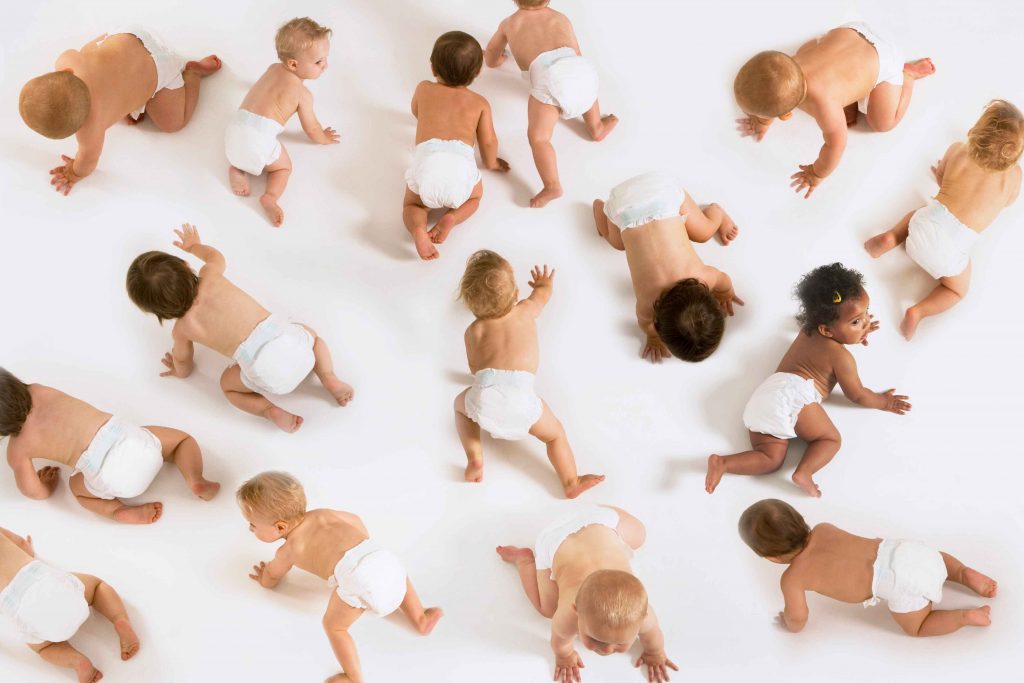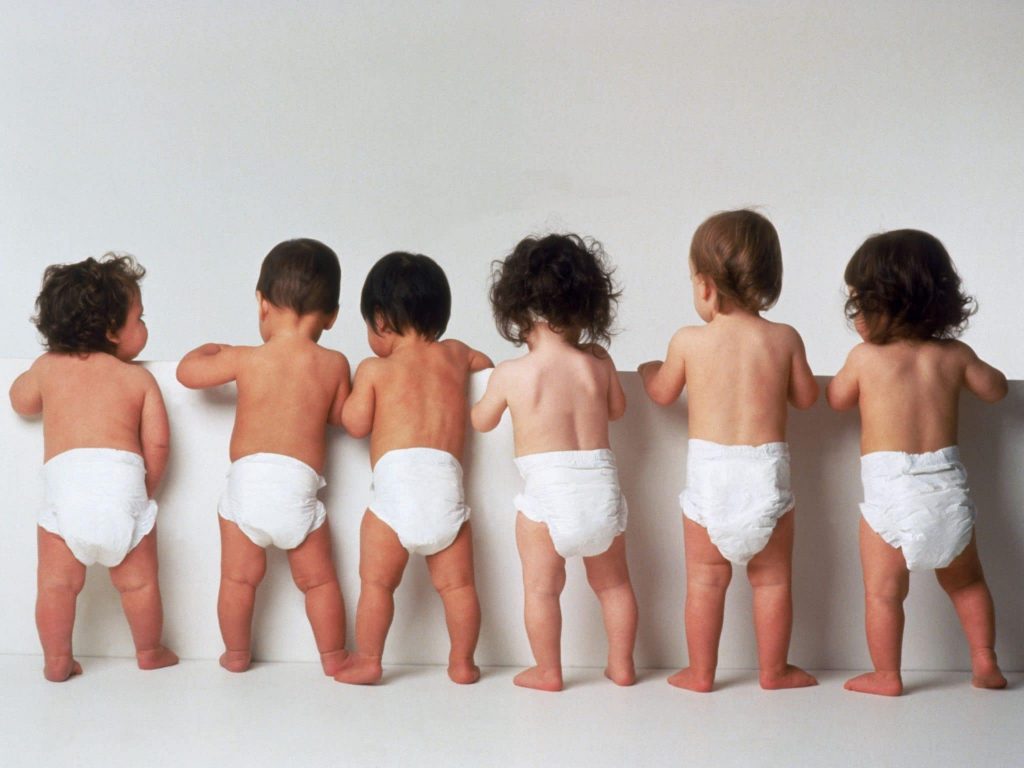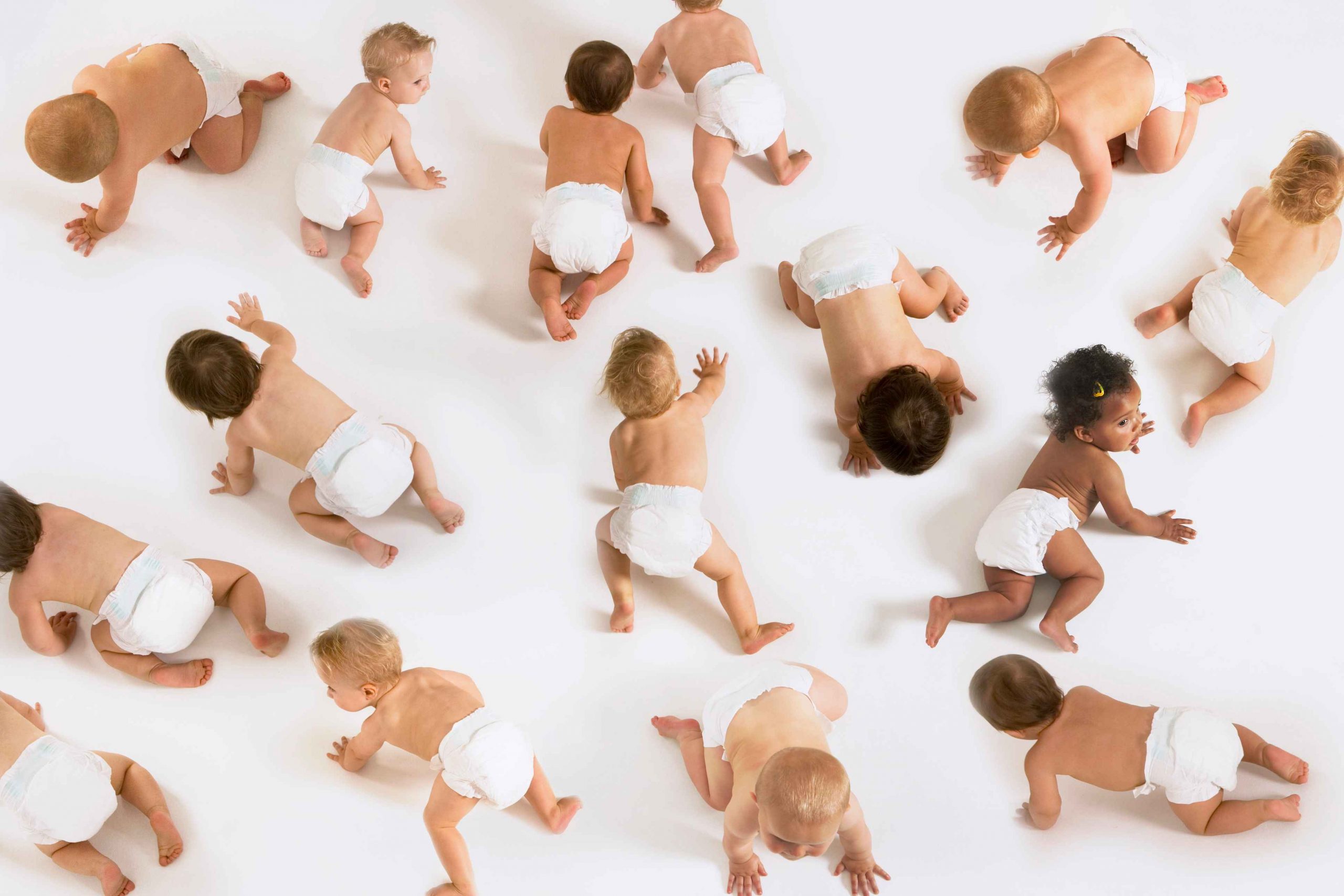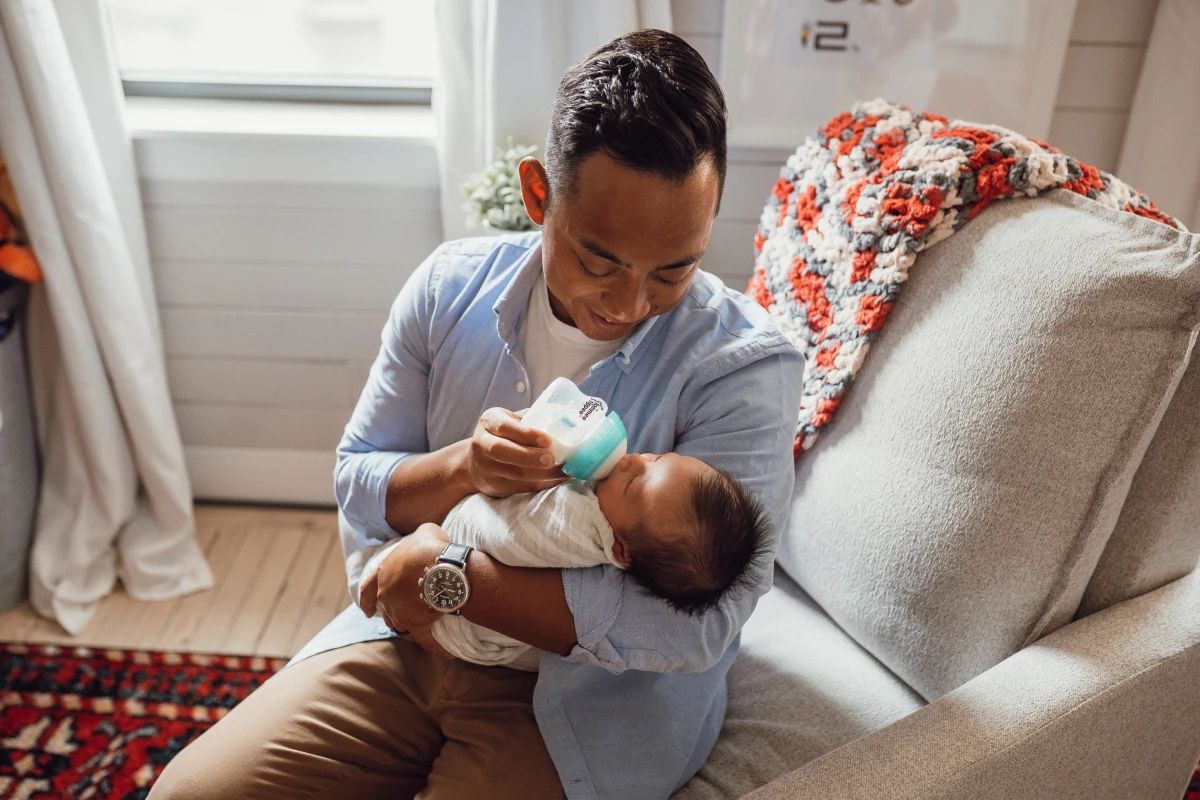Having a baby means changing diapers multiple times a day. As your baby grows, the diaper size changes bigger and bigger. So, it is always important to consider the diaper size of the diaper package you buy.
Buying smaller diapers leads to irritation and upsetness, while too-big diapers often lead to leakage. So, how to choose the right diaper size, and what do diaper sizes mean?
Let me explain how the diaper sizes work and how to choose a good diaper for your newborn, infant, or toddler.

What Do Diaper Sizes Mean?
Because the babies are too small to tell their parents they need to poo or pee, they need to wear diapers. They are actually replacing panties, which are part of the underwear clothing. So, the diaper size is the same as the size of underwear we buy. The diaper size is almost always related to the baby’s weight.
The tiniest diapers come in a Preemie or Newborn size. They usually have no number on the package and are marked with the letter P or NB, depending on the brand. But not all brands have preemie diapers. These diapers are the tiniest and suitable for premature babies under 6 pounds weight.
Newborn diapers are more available on the market, and you usually put them on a baby with a weight of 10 pounds and under. These diapers are used for approximately one month. With a newborn, you might have to change from 6 to 9 diapers per day.
Diapers with numbered sizes are the ones you use after the first month. You will see that your baby starts growing, and the NB diapers look too small or tight for their tummy. So, it is time for bigger diapers, and you jump to size number 1.
Leakage is the first sign that the diaper might be small. Then, it might cause red irritation spots on the baby’s tummy and legs.
A Diaper Guide
How to choose the right diaper number
To choose the right diaper number, you have to know the baby’s weight first. Not all babies grow the same, which is why the manufacturers decided to make the diaper sizes based on weight instead of age.
So the size chart for the diapers will be the following:
- Preemie (P) – below 6 pounds
- Newborn (NB) – below 10 pounds
- Size 1 – from 8 to 14 pounds
- Size 2 – from 12 to 18 pounds
- Size 3 – from 16 to 28 pounds
- Size 4 – from 22 to 37 pounds
- Size 5 – above 27 pounds
- Size 6 – above 35 pounds
- Size 7 – above 41 pounds
Some sizes overlap, which is okay since not every baby has the same body type. Some babies are longer and might fit smaller diaper sizes, while others are chubbier and need bigger diaper sizes because the smaller ones might irritate their legs and belly.
The size number 7 is also rarely manufactured, and you would not find this size by many brands. We can surely say that it is manufactured by Pampers.
Read more: How to Know When to Size up Diapers

Check the fit
When the diaper fits the baby, it will look proportional while put on.
The diaper should be secured under the baby’s belly button. The preemie and some newborn diapers have a cut on the top to prevent belly button coverage.
When you secure the diaper around the baby’s belly, check if there is space from the sides to ensure it does not put pressure on the tummy. Put two fingers on the side and check if it is secured well but not too much.
Then, check the leg cuffs. There should not be gaps nor be too tight because they might cause irritation. Check the cuffs the same as you checked the waistband.
When you remove the diaper, there should not be red marks on the baby’s body. If there are some, you should change the size.
When to size up
As your baby grows, the diaper size grows, too.
The first sign that tells you to buy a bigger diaper is the leakage.
Then, you will see that the tapes on the waistband are not reaching the center, meaning their length can not make a circle around the baby’s belly, and they might pop.
If the fastening tapes are short, the diaper might be too tight and make red marks and irritation on the baby’s tummy. Do not let the baby in a snug diaper, nor ignore the irritation.
When the diaper gets small, your baby might look disproportionate in it and make a mess often.
Why leaks happen
The first cause of diaper leaks is the wrong diaper size. As I mentioned above, the small diaper does not fully cover the baby’s lower areas, and the chances of leaks are pretty much possible.
Also, the amount of pee might be a cause of leakage. The diapers have good absorbable power, but you should change them multiple times daily. Do not leave the baby in the same diaper for hours because it might cause irritation, too.
Another reason that might cause leakage is improper waist fastening. If you are a new mom or dad, you will learn how to secure the diaper over time, but you must make mistakes to learn to do it correctly.
If the diaper is fastened loosely, it will leak where the gaps are. So, if the leakage is on the back, there is a gap that allows the poo or pee to get out of the diaper.
Also read: How to Get Baby to Nap Longer
Conclusion
I believe this guide helped you find out what do diaper sizes mean and how to choose the right one for your baby. It is most important to see the signs and marks the diaper leaves on the skin when it becomes small.
Prepare yourself for the era of diaper changes and leaks, mama.








